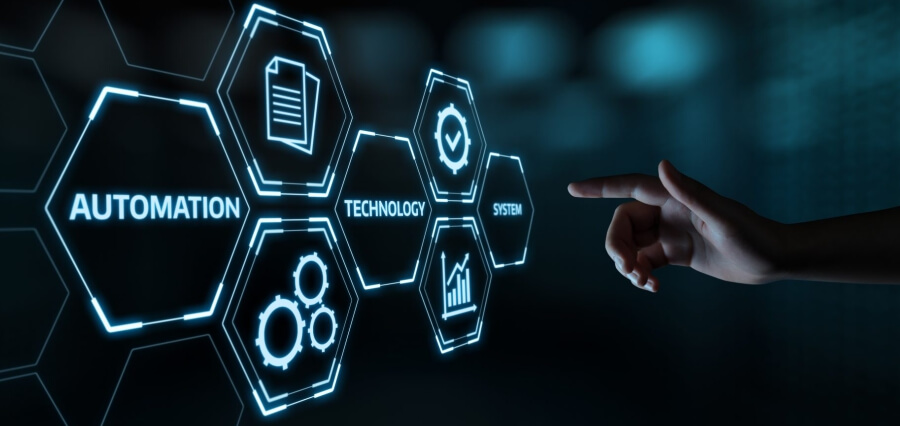Technological evolution isn’t slowing down anytime soon. However, all this progress hasn’t come without a price. Many of the new trends in technology are likely to have serious privacy and security consequences even if we don’t act cautiously.
The evolution of potentially harmful technology can’t be stopped altogether. For the most part, it can bring many benefits. That said, understanding these futuristic tech trends can help you stay protected from them.
1. Unreliable Facial Recognition Software
After its conception less than a decade back, facial recognition has travelled a long path. Password-less logins and the help authorities have found in locating missing people are some of the benefits that have come with facial recognition.
Near-perfect results with 99.9% accuracy have been achieved in trials under ideal circumstances. However, during such trials, facial recognition apps must deal with only quality images which come with uniform lighting and clarity. However, such clear images aren’t always available owing to bad lighting, heavy makeup, facial hair, glasses, etc.
Indeed, one can still use facial recognition software in conditions that aren’t quite ideal. However, it’s still concerning that facial recognition is seen to be infallible, more so as low-grade software is often used for tracking individuals or reporting crimes.
There were some privacy concerns with businesses using facial recognition. Facebook previously announced that it will delete its 1 billion faceprints that were previously used for photo tagging. The company explained that it is a way to address related to people being unsure how their face is being used online.
2. Home Assistant Devices
It was in 2014 that the world saw its first consumer-grade smart home assistant – the Amazon Echo speaker. Following its launch, other mainstream brands introduced their products like Google Home and Apple’s HomePod. However, while users try to make their homes as smart as possible, it is important to know the potential dangers.
Home assistant technology marks a revolution in artificial intelligence. It is a landmark application of big data and machine learning. Despite that, there are concerns regarding the privacy of using home assistant devices. The debate between advocates of privacy and the companies that have introduced the devices is still raging.
There’s no doubting that the large firms’ home assistant speakers are quite safe. However, that doesn’t hold true for all brands. It’s estimated that by 2022, almost one-half of homes will have a home assistant device. As not everyone is willing to dish out more than $100 for a fancy branded home assistant, there’s rising demand for cheaper products low on quality. Such products, like many IoT devices, have only limited built-in security measures that keep away intruders.
3. Deepfakes Entering Mainstream
Deepfakes made a mark as one of modern technology’s wonders. Processing even a short deepfake video of a person or a group of people required a massive amount of visual data apart from a powerful computer. Therefore, deepfakes of only prominent individuals would be made. Things have changed, however.
With online users finding easy access to current technology, just about anyone can make a deepfake of another person without needing innumerable photos and videos taken from many angles. Only a few profile pictures taken from social media accounts and a short video clip are now enough to create someone’s deepfake, which appears quite convincing. There are also stories of people suffering from deepfakes, which usually intend to embarrass or harm an individual.
Deepfakes are also creeping into the mainstream because of their coincidence with facial recognition software. South Korea’s Sungkyunkwan University has found in a study that even highly advanced facial recognition software was vulnerable to falling for a deepfake.
4. Autonomous and Semi-Autonomous Vehicles Lacking Security
The cybersecurity that autonomous and semi-autonomous cars come with is serious business. Loopholes in car security systems could not only cost your personal information but endanger your physical safety as well.
With these vehicles being connected to the internet almost constantly, they send out a stream of metric readings and data from the sensors in the car to a centralized cloud environment for them to be analyzed. Despite the best efforts of the manufacturers, no system, online or offline, is completely secure. The many data hacks that have crippled major global corporations stand testimony to this fact.
Tips for Staying Safe
The new trends in technology have put our privacy at peril. Thus, we must be conscious of the services, devices, and applications we use. First, get to know the tool you consider using. What can you learn from its terms of use document? What information can you find online? Does the app need seemingly unnecessary access to your private photos? All these factors should influence your decision of whether you should use it.
Additionally, you can use tools that protect your identity. Many browsers are available that block overly intrusive practices, like browser fingerprinting. Moreover, you should install a VPN to ensure that all data travels safely between you and the internet. After all, Virtual Private Networks encrypt your internet traffic, preventing eavesdropping, interception, and more.
Conclusion
Certain new trends in technology are a serious threat to our privacy and security. Home assistant gadgets and driverless cars, for example, give up a lot of data about us. What’s even more worrying is that faults in facial recognition technology can cause serious breaches in security. Another big issue is that deepfakes are becoming easier to make these days. Being aware of the threats highlighted here can help you tread the path cautiously and stay safe.
| Click Here For More News and Blog |


